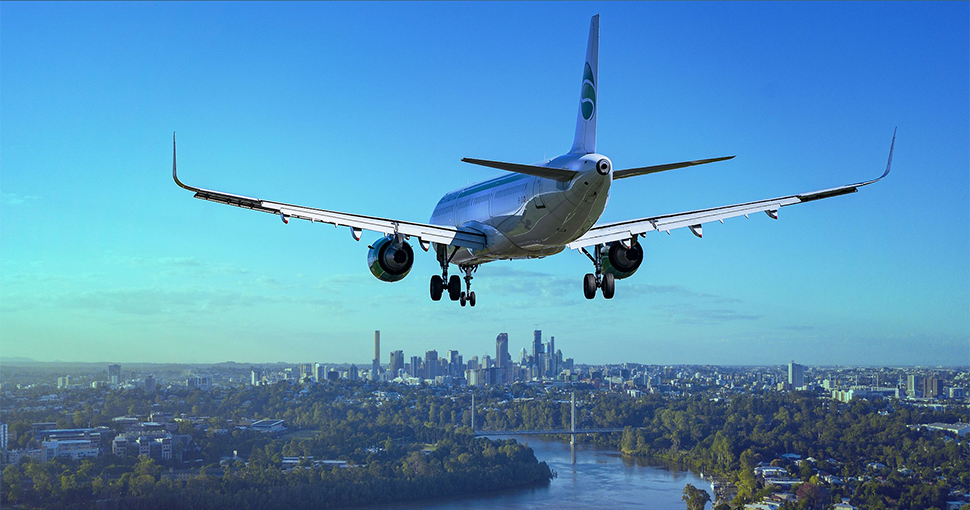How to get a student visa?
sjs_adm
19 de May

The United States government offers three student visa types including F, J, and M.
- F Student Visa: for study at an accredited U.S. college or university or to study English at an English language institute
- J Exchange Visa: for participation in an exchange program, including high school and university study
- M Student Visa: for non-academic or vocational study or training in the United States
Before you can apply for an F, J, or M student visa, you must first apply and be accepted by a U.S. institution of higher education that is certified by the Student Exchange and Visitor Program (SEVP).
Even when an institution is SEVP-certified and able to issue I-20 and DS-2019 forms for use in visa applications, it may not hold national or regional accreditation. The U.S. Department of Education and Council for Higher Education Accreditation databases list accreditation status for all U.S. institutions. Institutions designated by the Bureau of Educational and Cultural Affairs to place participants in Academic Exchange programs (J visas) must be accredited. Recognition of course credits and degrees by other institutions and by U.S. and international employers is linked to an institution’s accreditation. To learn more about accreditation talk to an Education USA Adviser in person or online.
Once accepted at an SEVP-certified school, you will receive a Form I-20 or DS-2019 from the institution’s international student office to present when you apply for your student visa. Once you receive your form, visit:
1. U.S. Department of State – Consular Affairs (Student Visas)
2. U.S. Department of State – U.S. Embassies and Consulates
3. U.S. Department of Homeland Security – Study in the States
It is important to note that two separate U.S. government agencies are involved with international student arrival and status while studying in the United States. The State Department is responsible for the visa application process and issuing the visa. Once a visa holder arrives in the United States, the U.S. Department of Homeland Security then takes over as the responsible agency for entry into the country, as well as issuing and enforcing international student regulations.
Appointment request
For further information about our services, please contact us for a free and accurate consultation.


